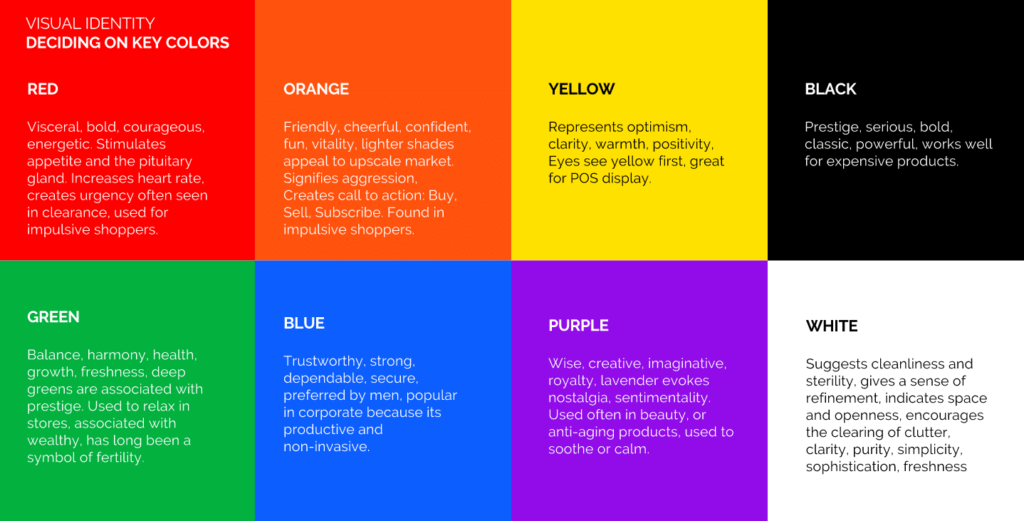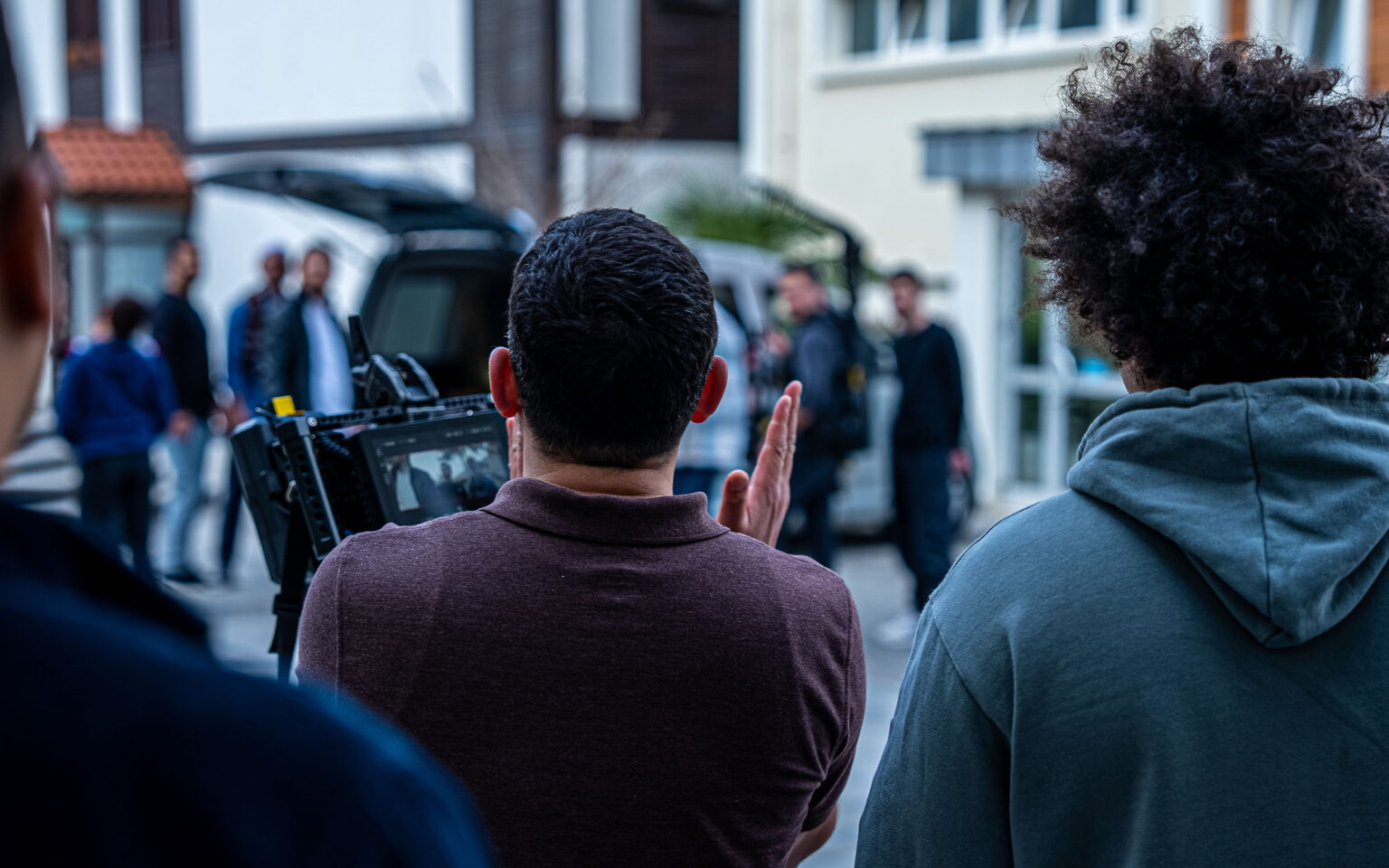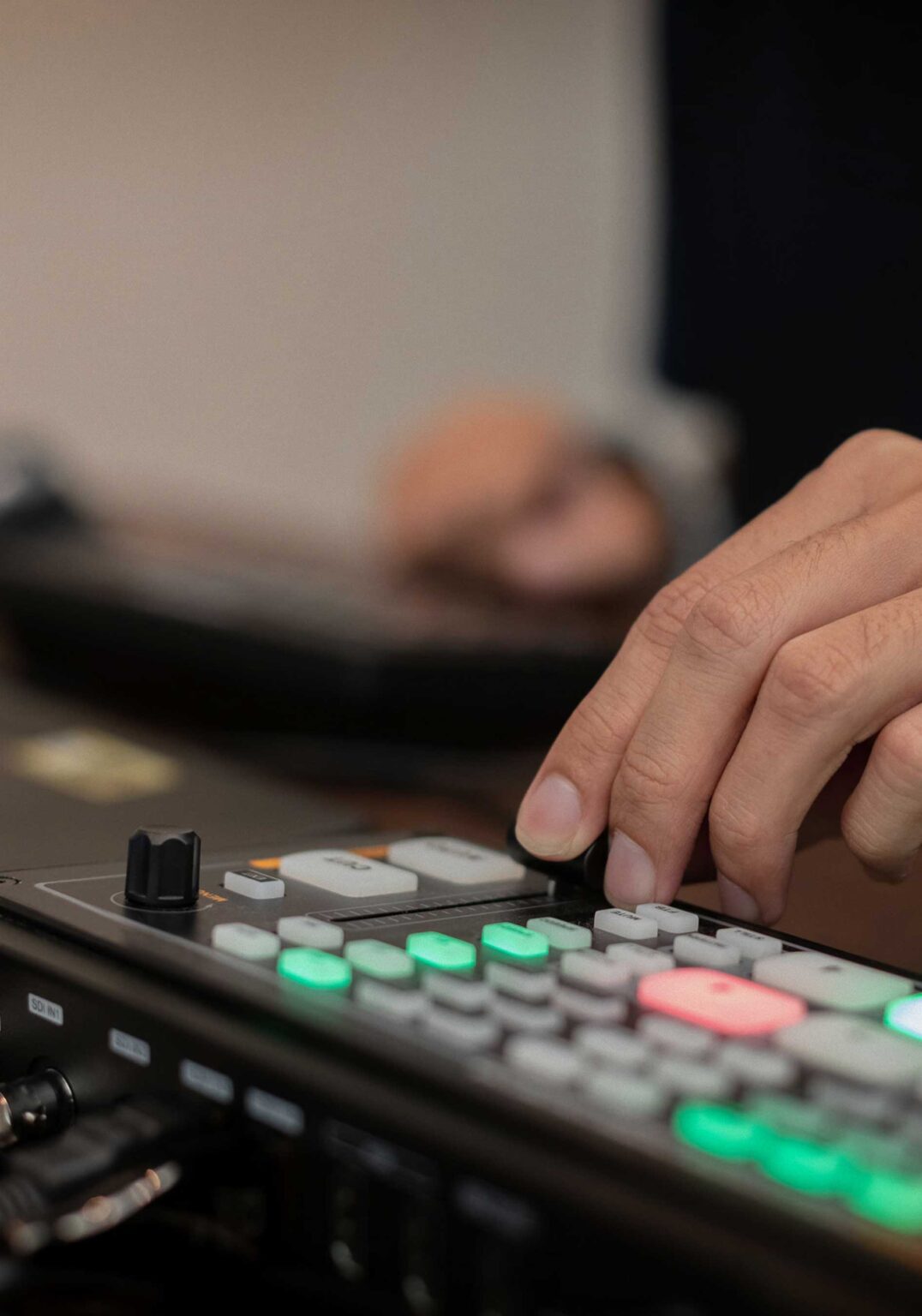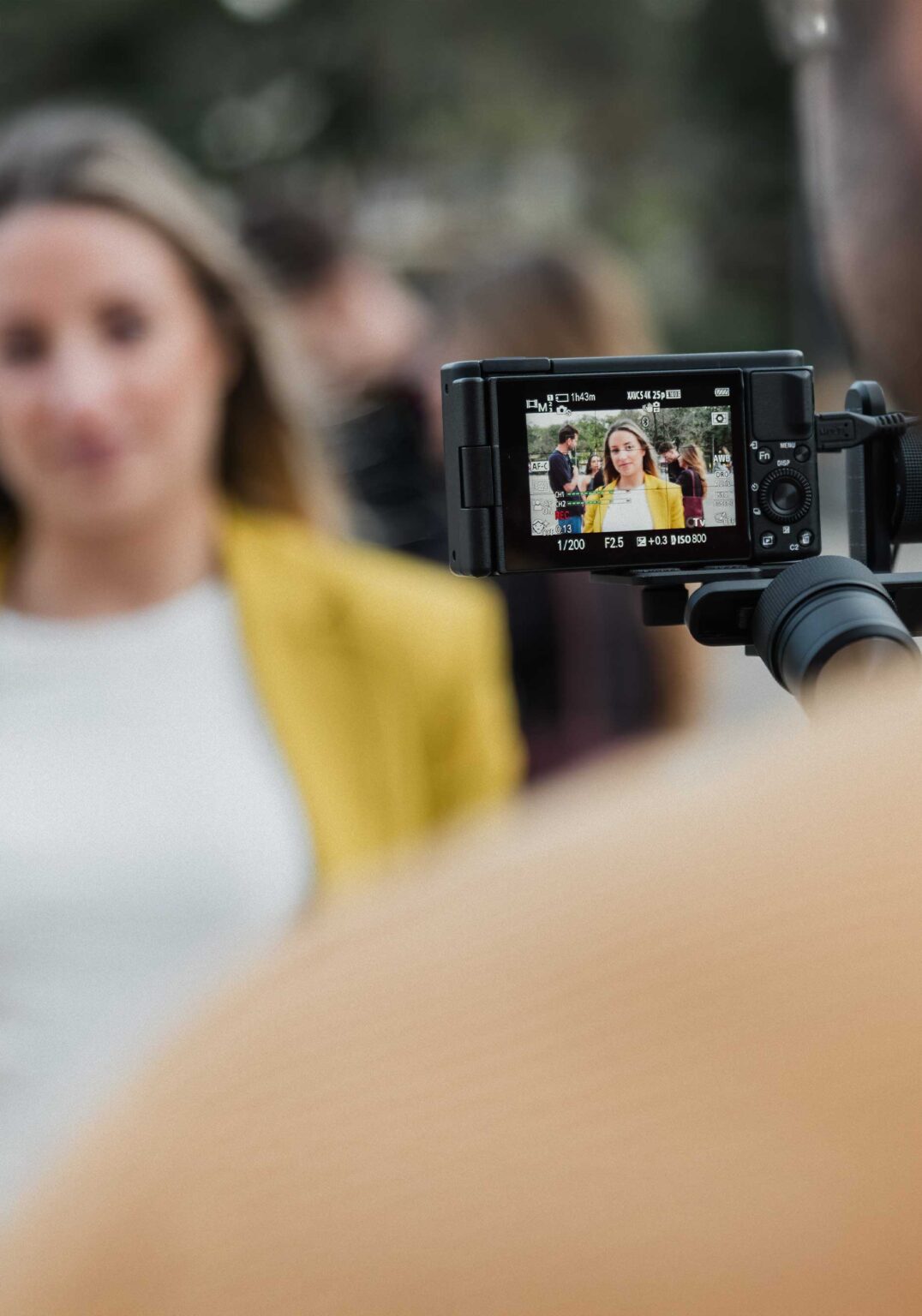OVERVIEW
Colors play a pivotal role in our lives, influencing our moods and expressing our feelings. They hold significant power in film production, where their careful use can profoundly impact the viewer’s experience. At REDSHIFT Productions, we understand the intricacies of color psychology and how to apply the right colors to create compelling visuals that resonate with your audience. Our expertise in video production, including explainer, educational, and product videos, ensures that your message is delivered with maximum impact.
Colors in Film
The Art of Color Psychology in Film Production
Colors play a pivotal role in our lives, influencing our moods and expressing our feelings. They hold significant power in film production, where their careful use can profoundly impact the viewer’s experience. At REDSHIFT Productions, we understand the intricacies of color psychology and how to apply the right colors to create compelling visuals that resonate with your audience. Our expertise in video production, including explainer, educational, and product videos, ensures that your message is delivered with maximum impact.
1. Color’s Role in Visual Storytelling
Just like in our daily lives, colors in film production hold great importance. Directors, Directors of Photography (DOPs), and set designers carefully consider color choices to enhance scene composition and storytelling. By using colors strategically, filmmakers can communicate emotions and themes more effectively, drawing the audience deeper into the narrative. Effective use of color connects viewers emotionally to the content, making the scenes more impactful and engaging. Colors help prepare the viewer’s subconscious for the story’s unfolding, enhancing their connection to the narrative.
2. Creating Distinctive Aesthetics
The right colors can transform your visuals, capturing and maintaining audience interest. Even with stellar performances and storylines, thoughtful color application is key to creating a memorable impact. From the monochrome shades of early cinema to today’s vibrant palettes, the power of color remains integral to filmmaking. Filmmakers often rely on unique combinations to develop a screen aesthetic that is not only visually appealing but emotionally resonant. This visual language shapes the tone, pace, and emotional register of a film.
3. How Filmmakers Use Color Psychology
Directors use color psychology to enhance storytelling, selecting color schemes that align with the narrative. Collaboration with designers and DOPs ensures these colors bring the story to life effectively. For example, Pixar’s Danielle Feinberg explains how specific color choices evoke emotions and narrative elements, such as using muted colors to convey sadness or intense hues for dramatic moments. Color choices often align with film genres—red may signify passion or danger, while horror films use dark hues for suspense. Aligning color with genre enhances the emotional impact and viewer engagement.

4. Colors and Their Emotional Meaning
Different colors communicate different emotional cues:
Red: Passion, danger, power
Pink: Beauty, empathy, sweetness
Orange: Warmth, happiness, friendliness
Yellow: Sickness, insecurity, madness
Green: Nature, danger, corruption
Blue: Calm, melancholy, passivity
Purple: Fantasy, mysticism, eroticism



